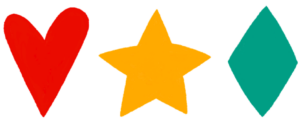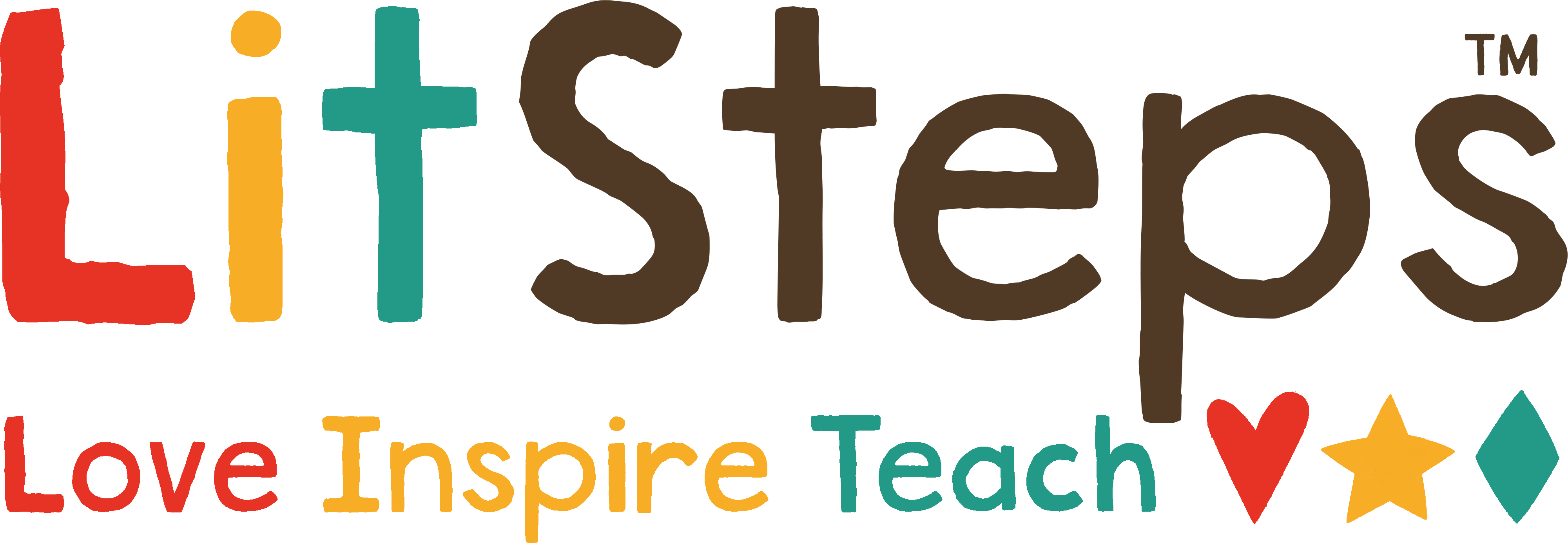
Teach
Learning Shapes
All Shapes and Sizes
One of the keys to working with young children is the ability to use the things in their environment to help them develop skills. They are always busy. Playing, moving, eating, and following routines are all teaching opportunities. Choose one specific thing to focus on, spend five minutes teaching it to your child, and then let them get back to whatever they were doing. Try doing this for each shape you teach.
Skill Building
Why
As with colors, teaching shapes is one of the earlier units taught in the classroom. Children usually master basic shapes pretty quickly because they can relate them to many everyday items they use. Learning shapes is considered a math skill. Shapes are used in basic geometry. They are categorized, their sides are counted, and they are measured. Children need to learn what a square is before learning what a cube is.
What
Start with the three basic shapes- circles, squares, and triangles. Then slowly add in ovals, rectangles, diamonds, trapezoids, stars, hearts, hexagons, and octagons.
How
The best way to teach shapes is to hunt for them in your environment. How many squares can they count in the living room? How many triangles can they find on the playground? How many circles can they find in the book you read together?
Where
Grab a notebook and marker. Draw a circle, square, and triangle in a column in the left of a page. Go on a shape walk around the neighborhood. Whenever your child points out a shape, put a tally mark next to the shape in the notebook. Don't show the notebook to your child yet. At the end of the walk ask your child which shape they think they saw the most? The least? Now count up the tally marks to check their guess. Another good place to look for shapes is at the grocery store. Look at boxes, the top of cans, and wedges of cheese.
When
You can talk about shapes whenever you have your child's attention. There really isn't a wrong time. Looking for shapes is a fun and easy activity wherever you happen to be.
Next
Now that your child is familiar with shapes it's time to begin looking at upper case letters. Many alphabet letters are formed with recognizable shapes. You'll use what they know about shapes when you to introduce them to letters .


